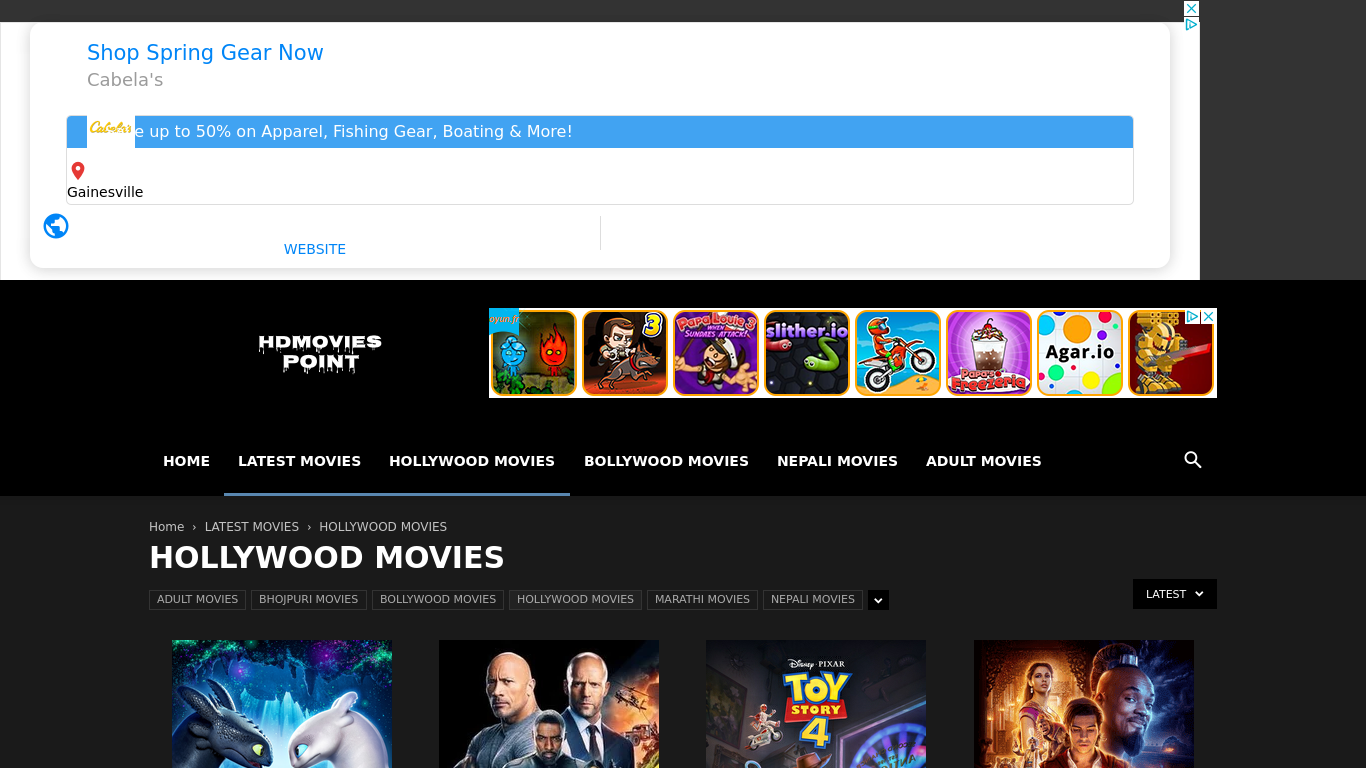Hd Point Movie
Is the era of the high-definition point movie truly upon us? The convergence of advanced technology, readily accessible platforms, and an insatiable audience demand for cinematic experiences at their fingertips suggests a resounding "yes." The landscape of entertainment is undergoing a dramatic transformation, and understanding the nuances of "hd point movie" is crucial to navigating this evolving world. We're not just talking about better picture quality anymore; we're witnessing a fundamental shift in how stories are told, consumed, and valued.
The term "hd point movie" itself is multifaceted. It encompasses not just the technical specifications of the video its resolution, its frame rate, its color depth but also the entire ecosystem that supports its creation, distribution, and enjoyment. It's a concept that embraces independent filmmakers using cutting-edge equipment, established studios experimenting with new storytelling formats, and the viewers who are driving the demand for higher-quality, readily available content. It is about the democratization of filmmaking, and it is about the ever-increasing accessibility of high-quality visual entertainment.
This evolution is fueled by a confluence of factors. The affordability and accessibility of high-definition cameras and editing software have empowered a new generation of filmmakers. Platforms like YouTube, Vimeo, and even social media channels have provided unprecedented avenues for distribution, bypassing traditional gatekeepers. Broadband internet and improved streaming technologies have made it easier than ever to consume high-definition content on a variety of devices. The rise of immersive viewing experiences like virtual reality and augmented reality further enhances the appeal of "hd point movie."
The term "hd point movie" also implies a certain level of expectation from the viewer. Audiences are now accustomed to crisp, clear visuals. They demand a level of technical excellence that was once reserved for the big screen. This shift has placed immense pressure on content creators to deliver consistently high-quality productions. But it has also opened the door to innovation, pushing the boundaries of what is possible in storytelling and visual effects. This is an age where the audience not only expects the best, but has the power to choose the best, and their choices are shaping the future of visual entertainment.
Consider the implications of the "hd point movie" phenomenon on the film industry. The traditional model of distribution, reliant on theatrical releases and physical media, is increasingly challenged. Streaming services have emerged as dominant players, offering vast libraries of content available on demand. Independent filmmakers, armed with the tools of the digital age, can now circumvent the studios and reach audiences directly. This transformation is not without its challenges, of course. The industry faces issues related to copyright, piracy, and the monetization of content. But the overall trend is clear: the "hd point movie" has arrived, and it's here to stay.
One cannot discuss "hd point movie" without acknowledging the evolving landscape of home entertainment. High-definition televisions, once a luxury, are now commonplace. Projectors offer the option of creating a cinematic experience in the home. Sound systems have become increasingly sophisticated, immersing viewers in a rich auditory landscape. The home theater is no longer just a space; its a destination. The accessibility of quality films and series at your fingertips creates a desire for the best viewing experience. It further accelerates the demand for "hd point movies" to make that experience as immersive as possible.
The impact of "hd point movie" extends beyond the realm of entertainment. High-definition video is utilized in diverse fields such as education, journalism, and scientific research. Documentaries, educational videos, and even news reports are benefiting from the clarity and visual impact of hd formats. In the realm of medicine, high-resolution imaging is transforming diagnostic capabilities and enabling more effective treatments. The versatility of high-definition technology is constantly expanding, reshaping the way we perceive and interact with the world around us.
The future of "hd point movie" is undeniably exciting. With the continued advancements in technology, we can expect even higher resolutions, more realistic visual effects, and more immersive viewing experiences. Artificial intelligence will play an increasingly important role, from optimizing video compression to assisting in the creation of visual effects. The line between the real world and the virtual world will continue to blur, creating new opportunities for storytelling and audience engagement. The evolution of "hd point movie" underscores the power of innovation and its ability to shape and redefine our relationship with visual storytelling.
Consider the implications for filmmakers and content creators. They face the exciting task of learning and adapting to the newest innovations. The constant evolution in technology and consumer preferences requires a commitment to continuous development and a willingness to experiment with novel techniques. However, it is essential to never lose sight of the foundation of a great movie: a compelling story. The visual quality is a crucial element, but the narrative remains the driving force behind a movie's success and the audiences' appreciation.
The concept of "hd point movie" itself is likely to continue to evolve. As technology advances, we may see the emergence of entirely new formats and standards. Perhaps we are moving towards holographic movies, interactive stories, or films that are adapted to personalized experiences. The one constant, though, is the desire for high-quality visual storytelling. The "hd point movie" is a reminder of the human tendency to innovate and to use technology to improve the methods in which we can consume visual content.
Another important element of the "hd point movie" environment is that it has also prompted the development of several business models. As a result, we have the expansion of streaming services, on-demand platforms, and the growth of digital distribution methods. The content distribution business models are changing in order to meet the needs and interests of global audiences. The entertainment industry's adaptation and adaptation processes emphasize the ability of modern technology to transform and reinvent the way entertainment is created and distributed.
We must acknowledge the challenges that accompany this progress. Digital piracy, as well as the protection of intellectual property rights, have become more prominent. Maintaining the balance between open access and commercial interests is a crucial issue. Additionally, the development of increasingly sophisticated technology has raised concerns about potential abuse, such as the spread of false information. A responsible, ethically driven methodology is required to address these ethical issues. However, this should not detract from the tremendous potential of "hd point movies" to entertain, educate, and connect people around the world.
As we look forward, the "hd point movie" landscape is a sign of creativity and advancement. It embodies the ability of people to create, share, and appreciate visual storytelling at a global scale. Through technological advancements and cultural dynamics, the visual storytelling experience will continue to change, bringing a more immersive and interactive experience for audiences. The future of this field is promising, with the promise of continued innovation and captivating experiences that are sure to revolutionize the way we perceive and interact with the world of moving images.
Ultimately, "hd point movie" is more than just a description of picture quality. It is a reflection of our desire to experience stories in the most compelling and immersive way possible. It is a testament to the power of technology to transform our lives and to the enduring appeal of great storytelling. As we move forward, the evolution of "hd point movie" will continue to shape the entertainment landscape, forever changing how we consume, create, and appreciate the art of film.

